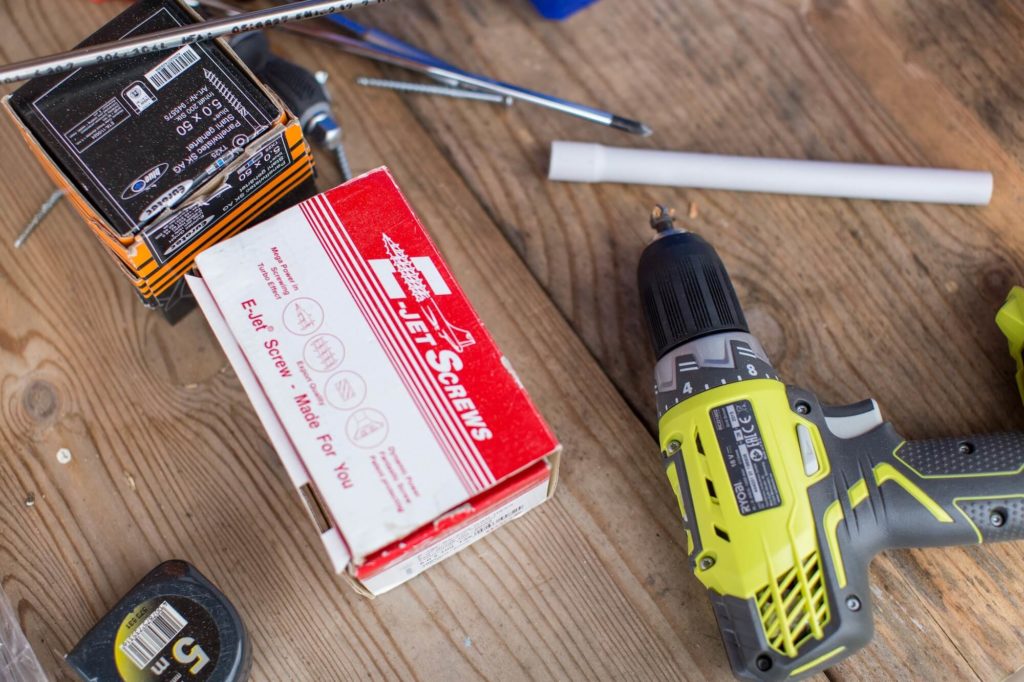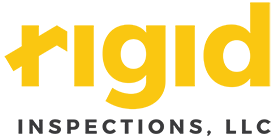15 Tools Every New Homeowner Should Own

When you purchase a new home, it’s inevitable that things will eventually break down and need to be repaired, after all no home is perfect. Repairing those items in your home that need to be repaired will be much easier to do if you have the appropriate tools on hand to do so. While some of these tools can be expensive in the beginning, it’s also worth noting that purchasing and owning these tools can save you money when you don’t have to hire people to fix every little thing that goes wrong in the future.
The following are 15 tools that are an investment that will pay for itself if you are a new homeowner:
Sledgehammer:
The sledgehammer provides the brute force and finesses in the same swing to get almost any job done. It also delivers a crushing blow upon contact to split anything from firewood to helping salvage an architectural project. Aim for an 8 to 10-pound hammer you can swing easily rather than a heavy 16-20 pound one that may be hard to get the power you need out of it.
Putty Knife:
Whether you need a knife with a thin, flexible blade or a chiseled edge, a putty knife can prove to be a great tool for you. Aim for one with a more durable material that will last longer such as one with a high-carbon steel blade rather than a plastic disposable one as it lasts longer.
Adjustable Wrench:
An adjustable wrench can be used for a variety of projects as the wrench adjusts to fit any project from 10-14 inches so it’s big enough to work on everything including residential plumbing projects.
Combination Square:
A combination square is a tool that is used for marking, measuring, and testing the squareness of corners. For the best accuracy measuring the corners and marking them with a pencil or a and then gently sliding the square in to measure it before continuing is the best-recommended practice.
Side-Cutting Pliers:
Side-Cutting Pliers are also known as electrician’s pliers which means that they are an indispensable tool when it comes to working with electrical wires of any sort.
Cordless Drill/Driver:
A cordless drill/driver will readily provide a combination of speed, power, and portability to help prevent the user from stripping their screws before are drilled in properly. 14-to-18 volts will handle most house projects, you may find drills with voltages even into the mid-20s to 30 range at some hardware stores.
Level:
A nice, long level makes a great straight edge for any housing project from hanging a picture on the wall to leveling appliances or bookshelves. Longer levels make a great straight edge for almost any projects.
Tape Rule:
The spring-loaded marvel that is the measuring tape will be able to take care of measurements for most projects, especially with a 25-foot measuring radius. It’s also small and light enough to store in your pocket while you work.
Chalk Line:
The chalk line is an amazing tool that provides you with a store of chalk to help draw lines while you are encountering a new building project. Ensure that lines are straight and going in the right direction with a line that will erase (as chalk easily does) when you are done with the project.
Earmuffs:
Remember that hearing damage is permanent, so protect your precious commodity of hearing with a pair of comfy, squishy earmuffs that are designed to provide maximum protection for your hearing while you work. Many tools like chainsaws and circular saws may be well over 100 decibels when being operated, so protect your hearing with earmuffs that help dull the sound.
Multi-Bit Screwdriver:
A multi-bit screwdriver is a great tool that can help match the head of whatever you are screwing into place at that exact moment. The heads on the screw are changed to complete various tasks and help get small jobs done fast.
Utility Knife:
A utility knife will do anything from slicing through drywall to cutting duct tape or sharpening your carpenter’s pencils. The blade slides in and out which is better than an old two-piece body as well.
Pry Bar:
A pry bar is a short, flat gooseneck bar that helps remove excess trim and paneling from your home. Many of these variations of this bar will have one nail-pulling slot, but two is always better.
Extension Ladder:
An extension ladder will help you reach all of the higher places in your home as they generally extend from 16 to 40 feet in the air. A great tip is to buy one at least 7 feet taller than the highest point in your home that you will try to reach, so you never have a project you can’t size up against. Check the actual manufacturer label to ensure the ladder’s exact reach.
Step Ladder:
A step ladder is a safe way to reach things in your home that is above your normal reach when standing on the floor. Most are in the 3-to-20-foot height range. Consider purchasing a 6-to-10-foot tall ladder so you can use it to do things like changing light bulbs that burn out throughout your home.
These are 15 quality tools that you can always use in your new home to help you complete a variety of projects that tend to come up after you get an inspection and move in. All tools can be purchased on Amazon and shipped right to your home for your own convenience.
For more information on home inspections or the tools you might need when you move in, please feel free to contact us.
